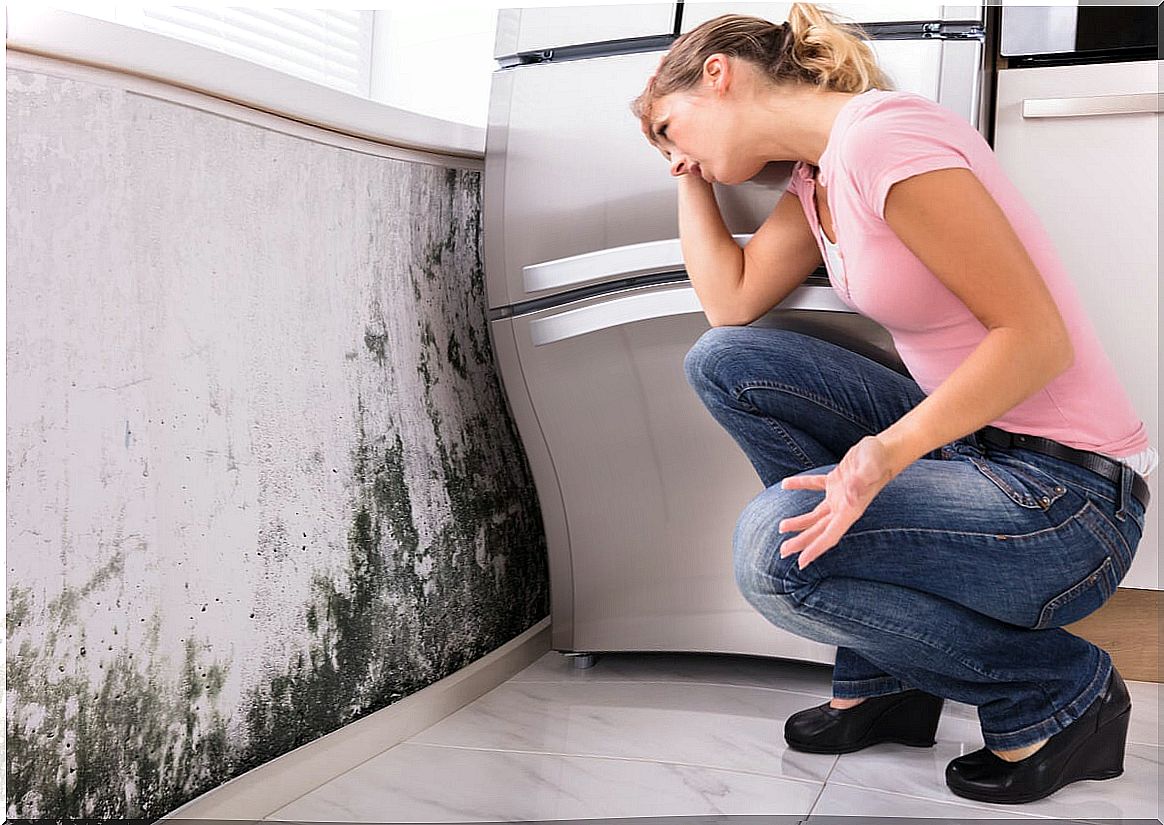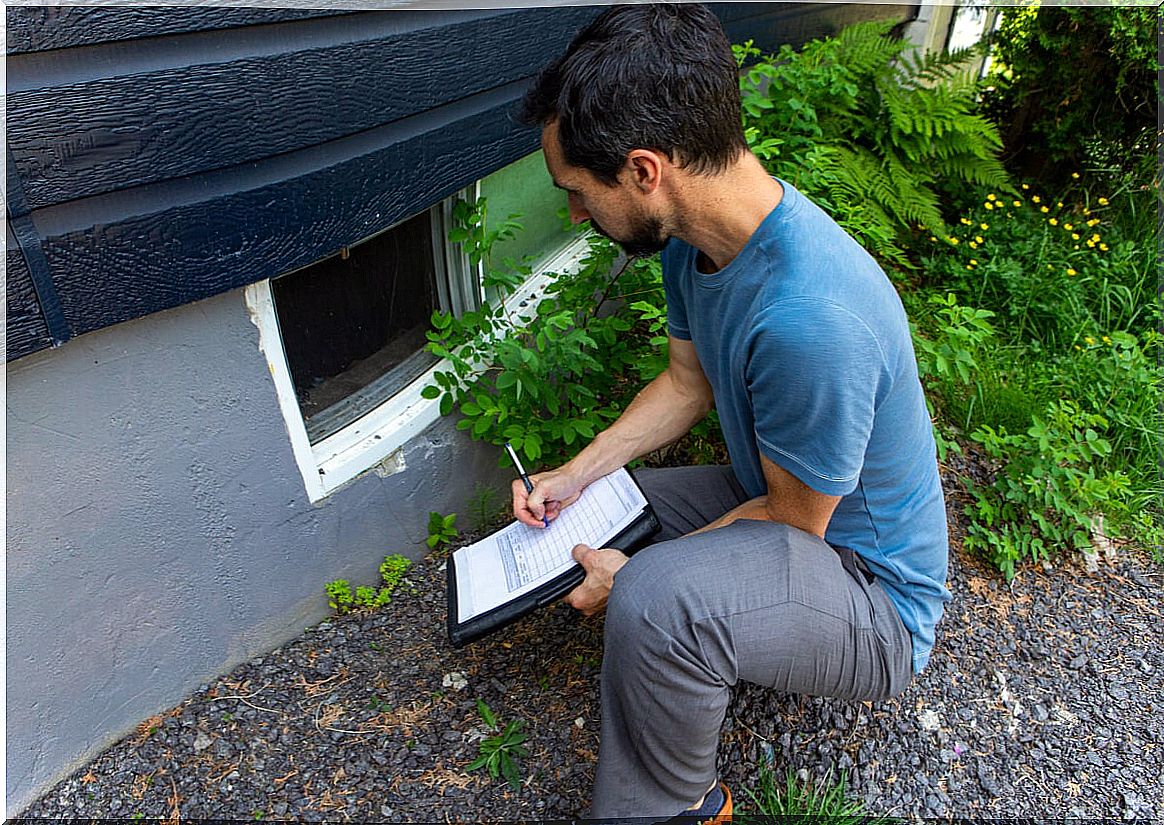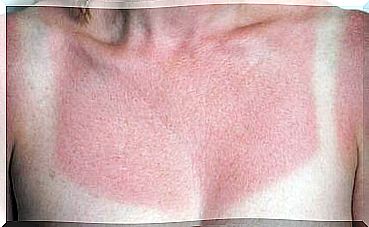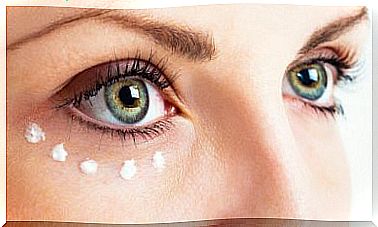Does Mold In The Home Cause Health Problems?
Moisture inside homes can cause mold to grow in various spaces. This, in addition to causing damage to structures, can be a trigger for health problems.

The presence of mold in the home causes problems that go beyond damage to structures. Although its particular smell and the stains it causes on the walls and ceilings are the most noticeable, over time it also affects the appearance of certain health problems.
According to information published by the Centers for Disease Control and Prevention, exposure to damp, moldy environments causes respiratory symptoms and allergic reactions in some people. In addition, it can be the trigger for attacks in patients with asthma.
What is mold?
Mold is a form of fungus that tends to grow indoors and outdoors. It often appears in areas of high humidity, such as on ceilings or walls where water leaks, windows, pipes or anywhere that has frequent contact with liquids.
In the same way, it has a facility to proliferate in cardboard elements, wood products, drywall, carpets and paintings. Because it produces spores, mold spreads easily by floating in the air. Then, if the environment is humid and warm, it thrives and grows.
According to an article published in the journal Environmental Health Perspectives , there are an estimated 500 species of fungi that affect human health. However, the most common indoors are usually Cladosporium , Penicillium and Aspergillus.

Types of mold
To date, it is not known precisely how many types of mold there are in the world. While some suggest that it may be 100,000, others state that it is 300,000 or more. In any case, as we already discussed, about 500 have been identified that are potentially harmful to people. Of these, the best known are the following:
- Alternaria : corresponds to a genus of ascomycete fungi. They tend to thrive in humid places in the home, like the shower or under leaky sinks.
- Aspergillus – This mold can grow indoors, on dust, on food, or building materials. Although it is usually allergic, it sometimes becomes toxic and causes respiratory problems and inflammation.
- Cladosporium: it is a fungus that grows in both cold and warm areas. It usually grows on fabrics and wooden surfaces. It is related to allergies.
- Penicillium: has a blue or green surface with a velvety texture. It usually grows in buildings or houses damaged by water. Also on carpets, wallpapers and mattresses. Its presence in the home increases the risk of respiratory diseases.
- Acremonium: This mold has a particular pink, gray, orange or white color. It usually grows in areas like condensation from humidifiers, drain trays, and window sealants. It is one of the most dangerous species, as it is associated with diseases in the bone marrow and the immune system.
How does mold enter the home?
Mold spores are present both indoors and outdoors; however, they are not visible to the naked eye. In either case, they enter the home through windows, open doors, vents, or air conditioning and heating systems.
They can also stick to objects, such as clothing and shoes, which then carry them indoors. They can even get into the hair of pets. If the home has the right humidity conditions, mold will grow; otherwise they will not cause any problems.
Mold in the home and health: does it cause problems?
In general, the presence of mold in the home is not a problem, unless its spores make contact with humid spaces and begin to grow. If so, there are several health risks, especially if there are people at home with respiratory or immune system diseases.
Possible allergies
Mold growth in the home can make symptoms worse for those with allergies. Specifically, it triggers symptoms such as a stuffy nose, itchy nose and throat, sneezing, watery eyes, and excess mucus.
In addition, as a study published in the journal Allergy shows , it appears that early exposure to mold or moisture increases the risk of asthma and rhinitis.
Increased risk of respiratory diseases
In addition to allergies, molds are also associated with other respiratory illnesses to watch out for. Research reported in Environmental Health found that residential moisture and mold significantly increase the risk of respiratory infections, such as bronchitis. In addition, it is also associated with the following:
- Hypersensitivity pneumonitis.
- Allergic socket.
- Chronic rhinosinusitis.
- Sinusitis.
- Lower respiratory tract problems in previously healthy children.
Aspergillosis
Contact with Aspergillus mold can lead to a serious illness known as aspergillosis. This can cause a severe infection that even spreads to other parts of the body. Symptoms include chronic cough, bleeding cough, fever, wheezing, and weight loss. It also causes the following clinical manifestations:
- Bone pain.
- Chest pain
- Shaking chills.
- Decreased urinary volume.
- Headaches (headache).
- Respiratory insufficiency
- Visual difficulties
- Lesions on the skin.

How to prevent mold health problems in the home?
Of course, there are several measures to prevent the presence of mold in the home from triggering health problems. One of the most important is to ensure ventilated, clean and moisture-free spaces. In this regard, the Environmental Protection Agency (EPA) suggests looking for a humidity level below 60%.
Other recommendations are as follows:
- Solve problems of water leaks or spills soon.
- Install a dehumidifier to reduce humidity indoors.
- Open the windows to allow air to circulate.
- Install an extractor to absorb moisture during cooking.
- Avoid drying clothes indoors.
- Empty and ventilate cabinets, especially if they are used infrequently.
- Regularly clean all surfaces that are susceptible to mold (walls, ceilings, furniture).
- Choose anti-mold products to disinfect the bathroom and damp spaces.
- Call a professional to fix structural problems that facilitate the presence of mold.
Consulting the doctor is important
Exposure to mold doesn’t always cause health problems. Still, it is recommended to avoid their presence at home. On the other hand, it is advisable to consult a doctor in case of symptoms of allergies or respiratory diseases. It should not be ignored that they can cause serious complications.
And although mold is not always the cause, it is a factor that tends to make symptoms worse. Therefore, you have to follow the professional’s recommendations and solve humidity problems soon.









